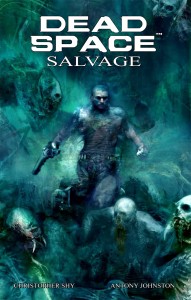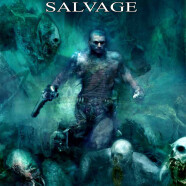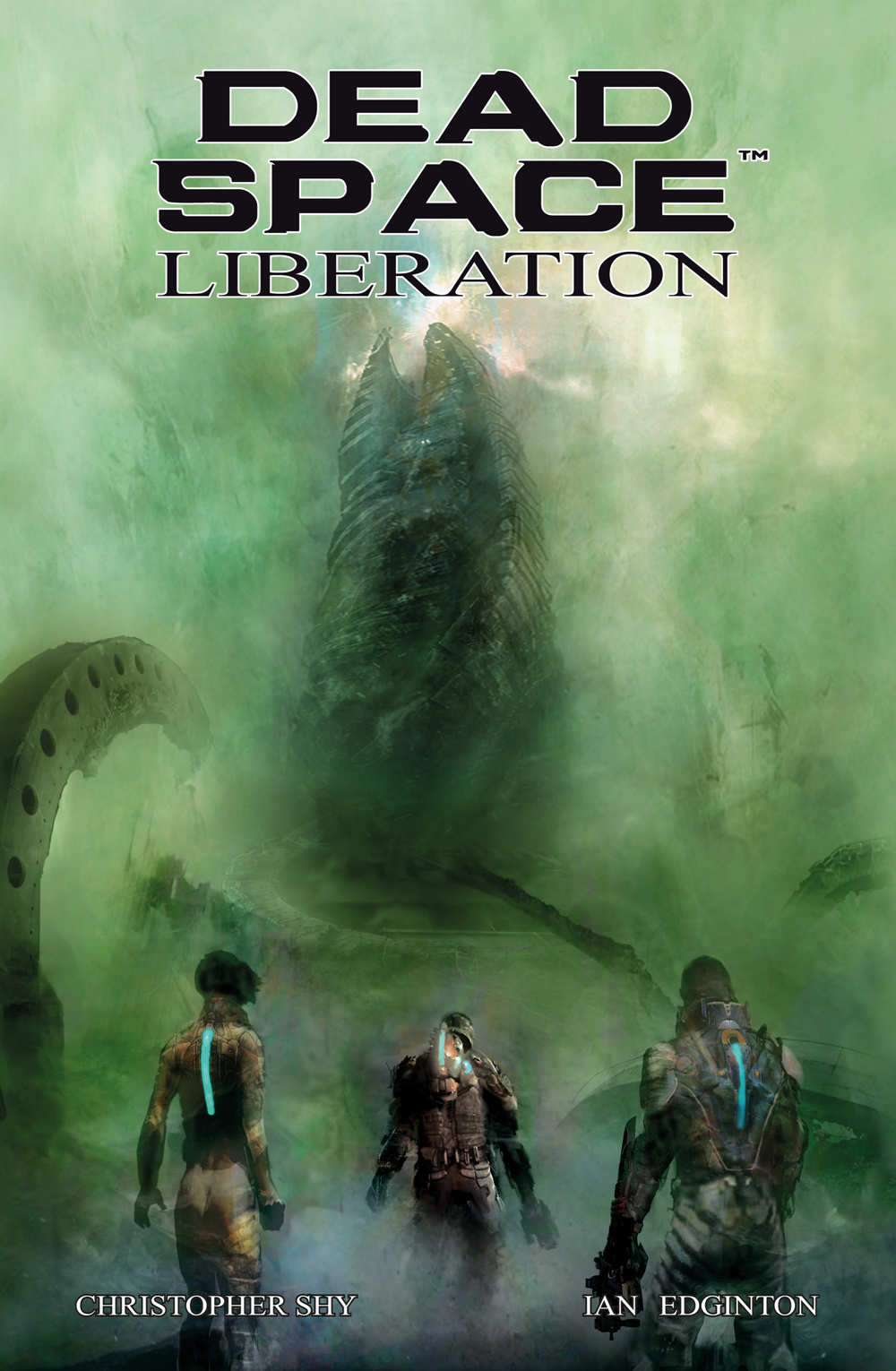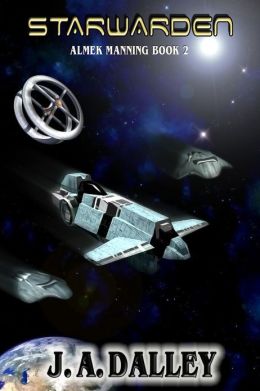Book Review: Dead Space: Salvage
 Let’s delve once more into the Dead Space Universe with Dead Space: Salvage. This entry was written by Antony Johnston and the art was done by Christopher Shy.
Let’s delve once more into the Dead Space Universe with Dead Space: Salvage. This entry was written by Antony Johnston and the art was done by Christopher Shy.
This was much shorter to read than the first graphic novel of this series, and instead picks up in the middle of the events between the video game Dead Space. and the movie, Dead Space: Aftermath. Mr. Johnston, who had also written the dialogue for the game, has kept the universe rather cohesive from what I’ve read of it. There are game details that would be helpful to this book, but it does have that feel of a sequel to the original graphic novel. If you never played the game or read up on the wiki pages for the series, you could still make educated guesses as to what happened in between the two book entries.
The Plot: A group of freelance miners, known as magpies, find themselves in the restricted Aegis system. The group disregard the restriction and try to finish filling their storage bays with all sorts or precious materials to sell for top dollar. Due to an accident with their equipment, they soon lose their main cargo ship and instead inadvertently find the Ishimura (the planet cracker ship from the original graphic novel.) The ship is drifting silently in space, but the different ships in the magpie group decide that trying to scavenge the ship, or even salvage and sell it would be worth a great deal more than their lost cargo.
Unfortunately for the magpies, horrors start happening the minute they find shards of the Red Marker which have been embedded in the hull. Some realize that these shards would earn them a greater deal of money still, however this bout of greed is soon torn apart as crew members start descending into madness and Necromorphs start animating. Soon, death follows in the wake of their tampering.
One magpie, who did not like the way the leader of the group was handling matters, betrays the group to the government ships. They soon arrive at the Ishimura bound and determined to take the ship and the shards of the Marker with them. This only adds to the body count, and leaves one magpie to find his way off the ship. He is successful in stealing a stealth ship that had brought two mysterious agents, known as Oracles, aboard Ishimura. The magpie informs the government starship that they are more than welcome to the derelict, that some things just weren’t dying over, and leaves before they have any chance to arrest them.
The Good: I cannot tell you how much an improvement the art in this book is over the last installment. Christopher Shy’s art is far cleaner than anything that Ben Templesmith could hope for. The look of the characters were great, and the Necromorph’s appeared far more terrifying than in the preceding graphic novel.
The story on this one was interesting. It’s very stand alone in its nature, but still adds something to the bigger picture. It shows how they find the Ishimura, which I’d assume would be integral to the main plot line of the overall universe. The ship maintains that horror image, somewhere between Lovecraft and Clive Barker. The Necromorphs are not to be treated as regular undead type creatures. Their motivations seem similar, but killing them off seems a great deal harder by the book’s standpoint.
The Unitologists are still a dangerous group to deal with. It seems that there are far more of these people out there than I could have believed when reading the first book. It seems far more government officials have been taken into the belief system and will do anything they can to get their hands on the Marker.
The Bad: The Oracles that show up, well, I know what they are there for. They want the Marker at all costs. If someone comes into contact with the Marker, they want to know everything they’ve seen or heard. No detail should be spared from their ears, and then they want to kill the person quick. I don’t know if there just wasn’t much more to them, or if there is something that I’m missing from the game entries, but I felt like there could have been a lot more done with these characters. They didn’t frighten me, and in the end I knew they were screwed. They just weren’t interesting enough to be left alive by the end of it.
Salvage was a rather short book. I suppose this could be looked at as a good thing considering it was to bridge a gap between point A and B. Even soon, I would have loved to delve a little bit more into certain characters and their motivations. Most of it was made pretty clear, but it went by so quickly that I never felt like I really got to attach to anybody. In a way, it was fairly like most horror trends of the day. We are introduced to a host of monster fodder and we’re not sure who we should cling to, because the differences aren’t so major. I didn’t mind Capt. Li (a character from this story), but she didn’t make that lasting impression either. That was the benefit to the original graphic novel, at least I was with Sgt. Neumann all the way through it. When he died, I felt bad because if I wanted anyone to survive, it was him.
The lettering in this book also left a lot to be desired. I know it cuts through things, but the word balloons are much more helpful than people give credit before. At least it allows me to know who’s talking. The way they did it, they needed far more than just a little discoloring to tell the differences. My biggest issue with the changing of colors is it usually conflicted with the coloring in the background. It made it difficult to read in spots. Luckily, it’s easy enough to pick up on it if you give it a hard look.
The Overall: I think for the Dead Space fans, this would be a cool book to add to the collection. I’m not going to say this is going to explain a lot to the non-fans, because otherwise you’re thrown in the middle of a universe that you’re not going to know a thing about. Most people shouldn’t do that anyway, but there are plenty of people out there if they see it on the shelf they might pick it up for the art alone. By that stand point, it’s great to look through and linger on some of the designs.
I do like the idea that it tells us what the fate of the Ishimura was and that the problem aboard it wasn’t just swept away after the events of the first game. Aegis VII was also a thing of the past, as it was blown apart by the events of the game. They don’t shy away from all the details you need, but there’s always the want to have more details on these things. However, if you’re already immersed into the universe, you have these already. I guess it all comes down to buyer beware of where you start in on this story.
Thank you to Titan Books for the chance to read this. I have certainly been enjoying the series, despite any negatives I may have on them. Dead Space, Dead Space: Salvage. and Dead Space: Liberation are available through Titan. We’ll see you again for my review Dead Space: Liberation!











